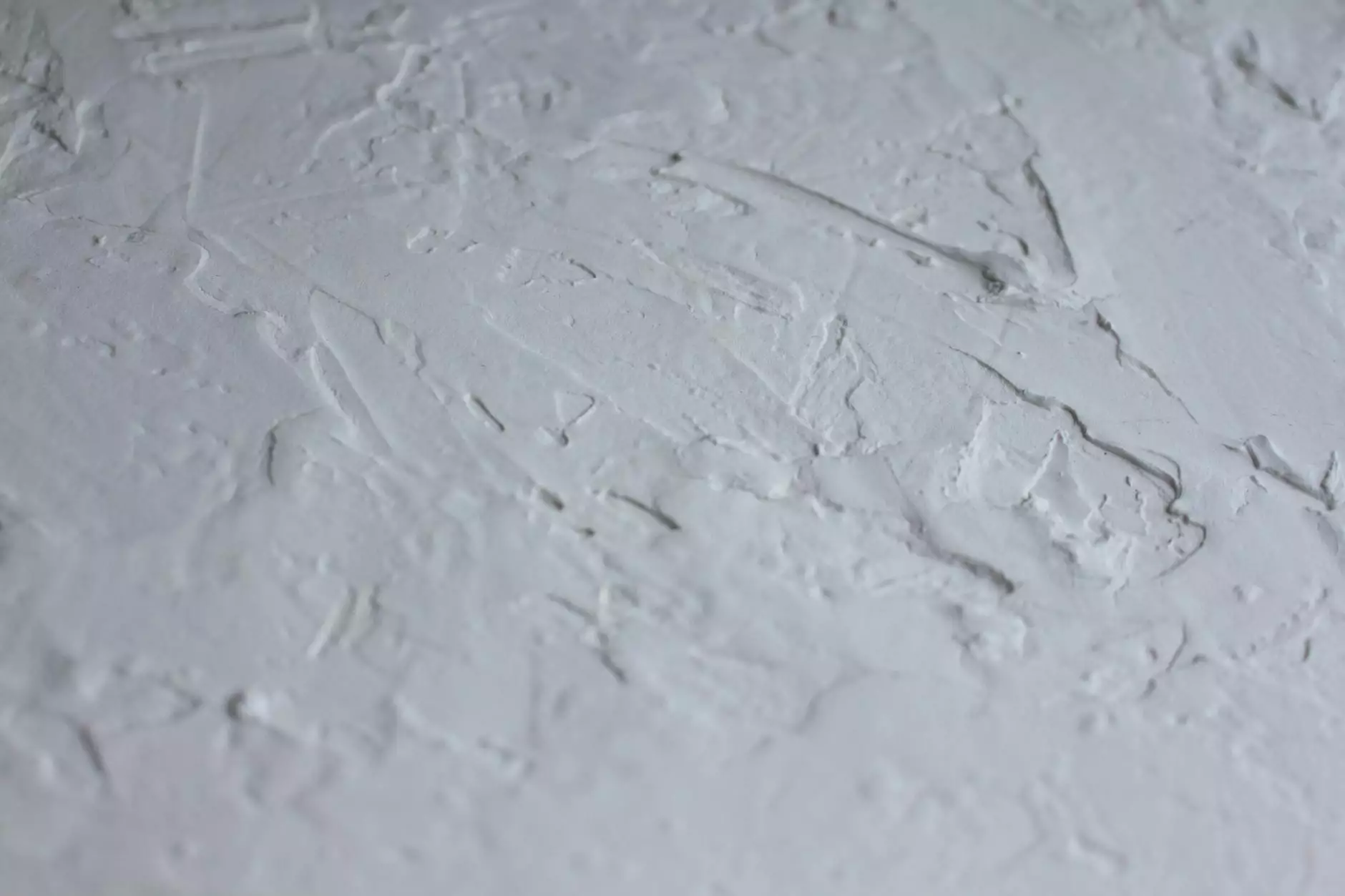The Essential Guide to Swimming Pool Plaster: Maximizing Your Pool's Aesthetic and Durability

When it comes to ensuring that your swimming pool not only looks fantastic but also functions properly for years to come, swimming pool plaster plays a crucial role. This article will delve deep into the world of swimming pool plaster, exploring its benefits, types, installation processes, maintenance tips, and more. Whether you are considering a renovation or just want to enhance your pool’s appeal, understanding swimming pool plaster is vital.
Understanding Swimming Pool Plaster
Swimming pool plaster is a durable coating that is applied to the interior surfaces of swimming pools. Its primary purpose is twofold: to create a smooth, aesthetically pleasing surface and to protect the pool structure from damage caused by chemicals and weather. Over time, however, plaster can wear out, necessitating replacement or resurfacing.
Benefits of High-Quality Pool Plaster
Choosing the right swimming pool plaster comes with numerous advantages:
- Durability: High-quality plaster can withstand the rigors of weather and chemical exposure, ensuring a longer lifespan.
- Aesthetic Appeal: Plaster provides a smooth, attractive finish that enhances the visual appeal of your pool.
- Comfort: A well-applied plaster coat offers a smooth surface that is gentle on the skin of swimmers.
- Increased Property Value: A beautiful, well-maintained pool can significantly raise your property’s market value.
- Customization: Pool plaster comes in various colors and textures, allowing you to customize the look of your pool.
Types of Swimming Pool Plaster
There are several types of swimming pool plaster available, each offering unique features and benefits:
1. Traditional White Plaster
This is the most commonly used plaster and is composed of cement mixed with marble dust, providing a classic look that is both functional and timeless. It offers a smooth finish but may require regular maintenance to keep it looking new.
2. Colored Plaster
Colored plaster options allow for greater customization, offering shades beyond the traditional white. This type often includes pigments that can enhance the aesthetic and provide a unique ambiance to the pool.
3. Quartz Plaster
Quartz plaster incorporates granite aggregate into the mix, resulting in a more durable and aesthetically pleasing surface. Quartz finishes are less prone to staining and offer superior longevity, making them a popular choice for high-end installations.
4. Pebble Tec
Pebble Tec is a mixture of plaster and small pebbles, which gives a natural stone appearance and texture. This type of plaster offers excellent slip resistance and durability while giving pools an elegant look.
Installation of Swimming Pool Plaster
The installation process of swimming pool plaster is critical for ensuring longevity and performance. Here’s a step-by-step guide to the installation process:
1. Preparation of Pool Surface
Before applying plaster, the pool surface must be thoroughly cleaned and repaired. Any cracks or damages should be fixed to ensure a smooth foundation for the plaster.
2. Mixing the Plaster
It is essential to follow the manufacturer's instructions when mixing the plaster. The correct water-to-plaster ratio ensures that the plaster achieves the desired consistency and durability.
3. Application Process
The plaster should be applied using a trowel in a timely manner to prevent it from drying too quickly. The applicator should work systematically to cover the entire surface evenly.
4. Curing the Plaster
After the application, the plaster needs to cure properly. This involves keeping the surface damp for several days to allow the plaster to harden effectively. Proper curing is vital for longevity.
Maintenance of Swimming Pool Plaster
Maintaining your swimming pool plaster is crucial for its longevity and appearance. Here are some tips for effective maintenance:
1. Regular Cleaning
Debris, dirt, and algae can accumulate on your pool's surface, so regular cleaning using a pool brush or vacuum is essential to keep the surface pristine.
2. Chemical Balancing
Ensure that your pool water’s chemical balance is maintained. Imbalanced water chemistry can lead to etching and deterioration of the plaster, impacting both appearance and durability.
3. Avoid Harsh Chemicals
Using abrasive cleaners or harsh chemicals can damage the plaster surface. Opt for pH-neutral cleaners to maintain the integrity of the plaster.
4. Prompt Repair of Cracks
Address any cracks or damages immediately to prevent them from worsening. Scheduling routine inspections can help you catch potential issues early.
Cost Considerations for Swimming Pool Plaster
Understanding the costs associated with swimming pool plastering is essential for budgeting your renovation project. Here are some factors that affect the overall cost:
1. Type of Plaster
Different types of plaster come with varying price points. For example, pebble plaster tends to be more expensive than traditional white plaster due to the materials used and the application process.
2. Size of the Pool
The larger the pool, the more plaster will be required, which increases materials and labor costs.
3. Labor Costs
The complexity of the installation and the experience of the contractors will influence labor costs significantly. High-quality workmanship is crucial for a durable finish.
4. Geographic Location
Prices may vary based on your location, influenced by local labor rates and material costs. Researching local contractors can help you get a clearer understanding of your budget.
Conclusion: Invest in Quality Swimming Pool Plaster
Choosing the right swimming pool plaster can have a profound impact on the beauty, safety, and longevity of your swimming pool. When embarking on a renovation or new installation, consider all available options and their implications on your pool's functionality. Investing in quality plaster, along with regular maintenance, will ensure your pool remains a centerpiece of enjoyment for years to come.
For more information on swimming pool plastering and to discuss your renovation needs, visit us at poolrenovation.com.



